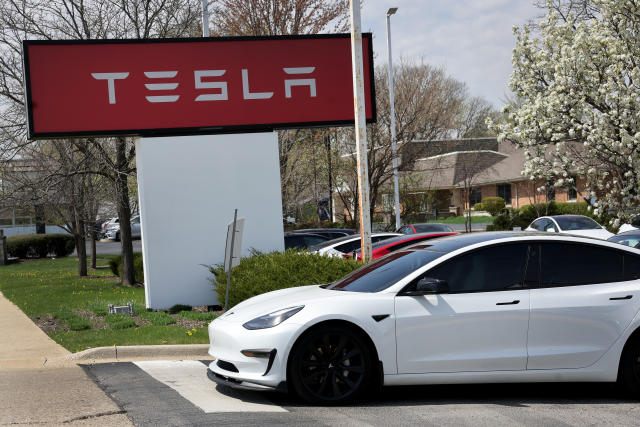Chasing Tesla, Chinese Manufacturers Develop Humanoid Robots
China is nipping at Tesla’s heels in developing battery-powered, humanoid robots that are expected to replace human labor on electric vehicle production lines.

China already dominates the electric vehicle market and is nipping at Tesla (NASDAQ: TSLA)’s heels in developing battery-powered humanoid robots that could replace human labor on electric vehicle production lines.
At the World Robot Conference in Beijing, more than two dozen Chinese companies showcased humanoid robots designed to work in factories and warehouses, as well as precision parts made in China.
China’s strategy for entering this emerging market is similar to the one it used to drive the electric vehicle market more than a decade ago: government support, fierce price competition from a slew of new entrants, and a strong supply chain network.
“China’s humanoid robot industry has clear advantages in supply chain integration and mass production capabilities,” said Arjen Rao, an analyst at LeadLeo Research Institute in China.
The development of the robots is supported by President Xi Jinping’s policy of building “new productive forces” in the technology sector, which was mentioned in the event’s brochure.
Beijing launched a $1.4 billion state-backed robotics fund in January, and Shanghai announced plans in July to establish a $1.4 billion humanoid robot industry fund. The robots on display this week come from some of the domestic suppliers that have been part of the electric vehicle boom, such as battery and sensor companies.
Goldman Sachs predicted in January that the global humanoid robot market will reach an annual size of $38 billion by 2035, with annual sales of more than 1.4 million units, covering consumer and industrial applications. It is expected that by 2023, the material cost of manufacturing these robots will be about $150,000 per unit, excluding research and development expenses.
Disclaimer: The views in this article are from the original Creator and do not represent the views or position of Hawk Insight. The content of the article is for reference, communication and learning only, and does not constitute investment advice. If it involves copyright issues, please contact us for deletion.